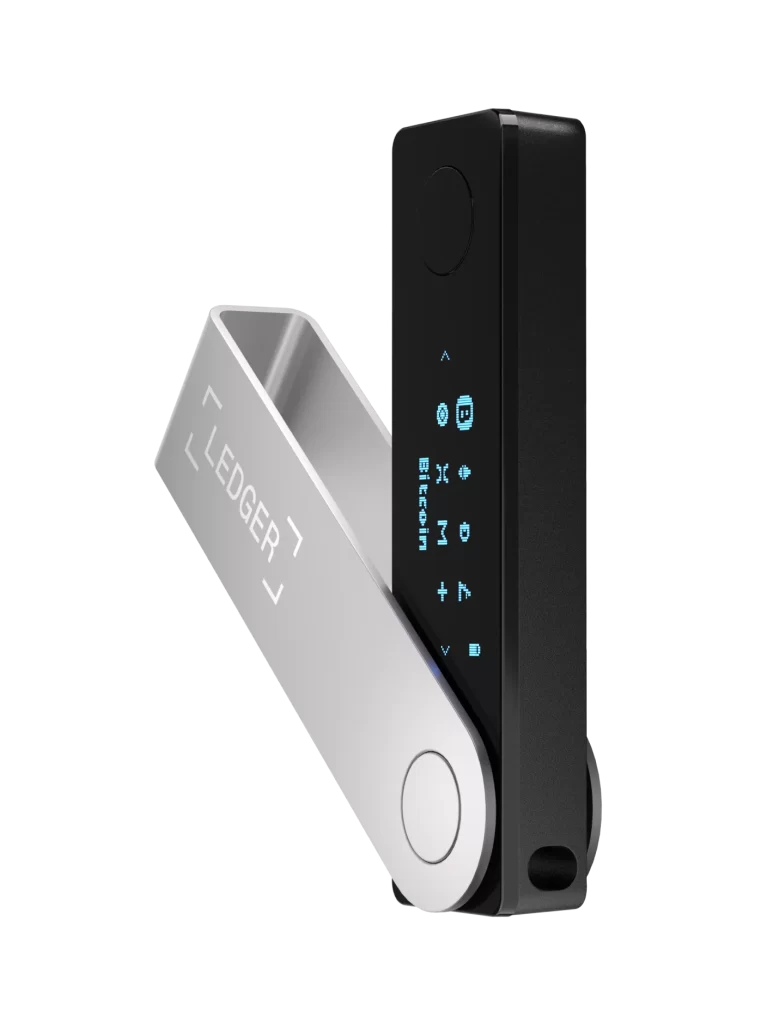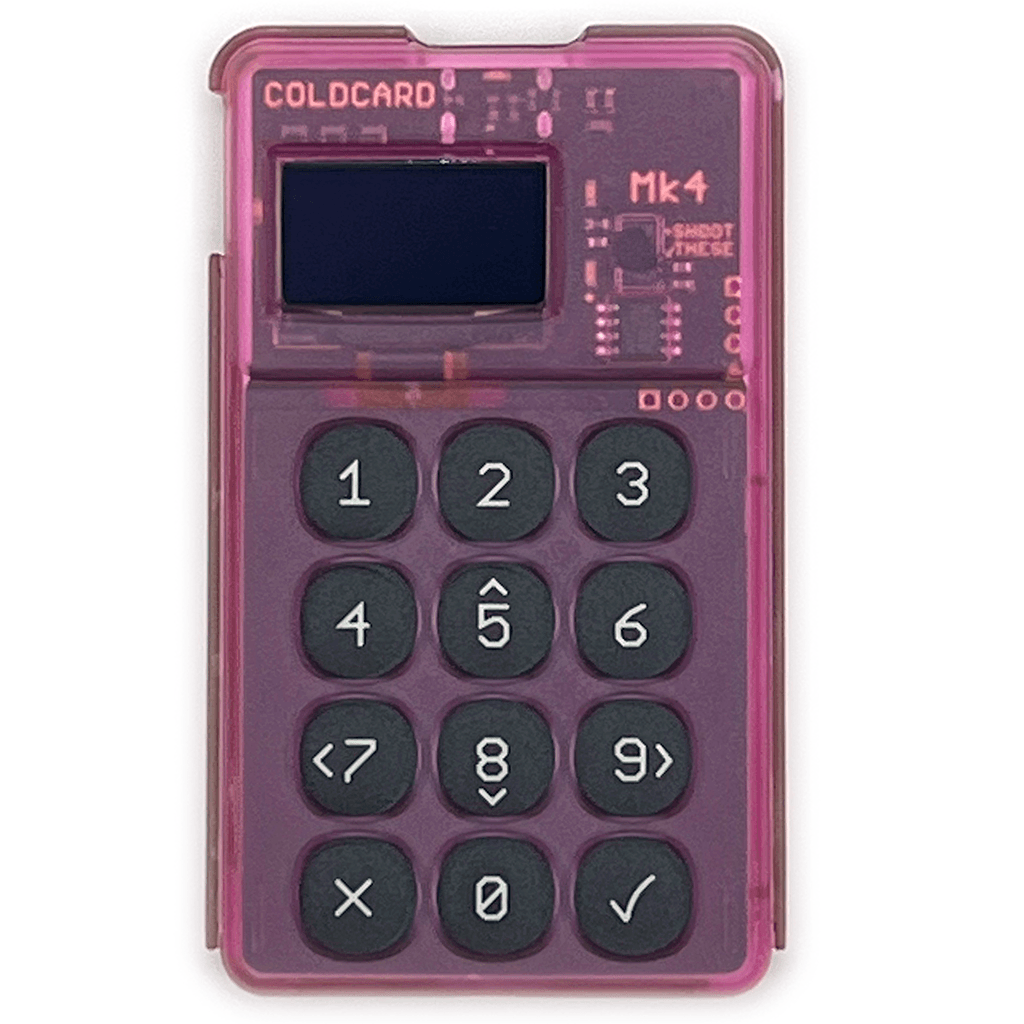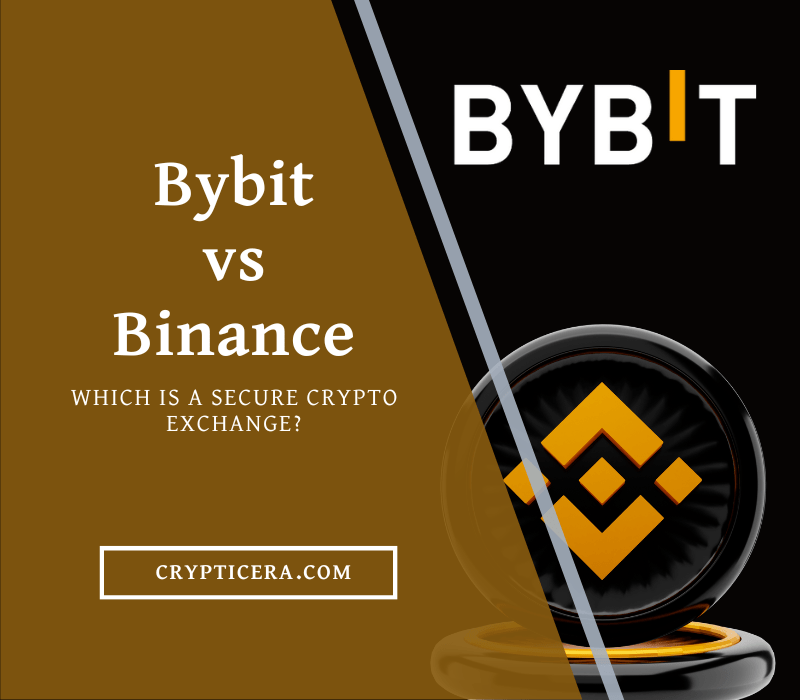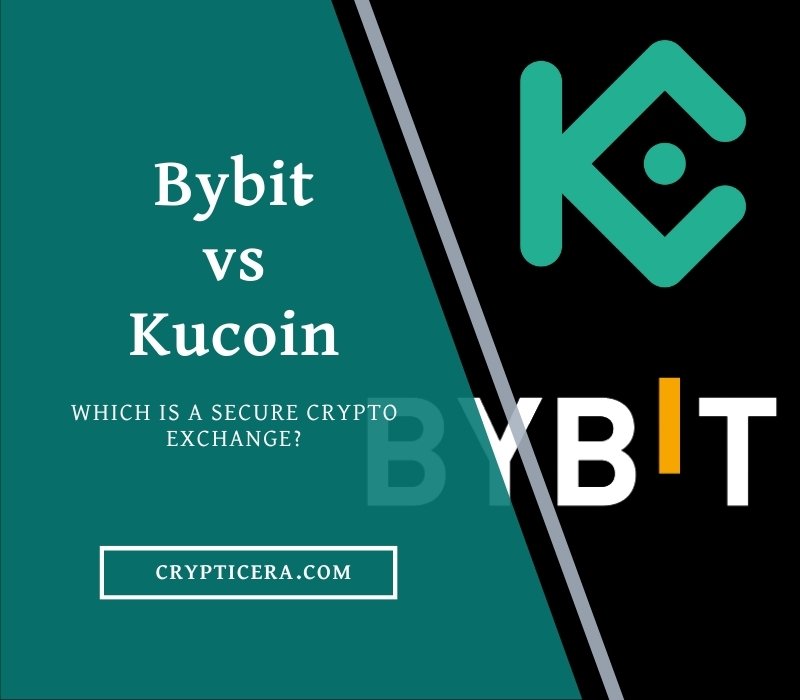If you have some crypto, you need a hardware wallet. A hardware wallet is a device that keeps your private keys offline, away from hackers and malware.
It lets you securely manage your crypto and sign transactions without exposing your keys to the internet. Hardware wallets are one of the best ways to protect your crypto and improve your security.
But how do you choose a hardware wallet? There are many things to think about, such as design, features, compatibility, price, and reputation.
In this guide, we will compare two of the most popular and trusted hardware wallets in the market: Ledger vs Coldcard Mk4.
Quick Verdict 💡: Why We Recommend Ledger over Coldcard Mk4?
- Ledger can hold more kinds of coins and NFTs than Coldcard Mk4. You can store over 5,500 different digital assets and NFTs on Ledger wallets. Coldcard Mk4 only lets you keep Bitcoin (BTC).
- Ledger is easier to use and set up than Coldcard Mk4. Ledger wallets have their own apps and software that you can download on your computer or phone. You can use them to manage and control your wallet. Coldcard Mk4 doesn’t have its own software, so you need to use other software wallets. Ledger also has a better design and display than Coldcard Mk4, which has a keypad and a small screen.
- Ledger is cheaper than Coldcard Mk4. You can get a Ledger Nano S Plus for $79, while a Coldcard Mk4 device costs $147.94. If you want all the extras for the Coldcard Mk4, like the microSD card, the backup card, the power adapter, and the metal seed plate, you’ll have to pay $235.86. And you still need a 9V battery. Ledger also ships for free worldwide.
- Ledger works better with other devices than Coldcard Mk4. You can connect Ledger wallets to your computer or phone with USB or Bluetooth, but Coldcard Mk4 only works with USB. Ledger also works with more operating systems, like Windows, Mac OS, Linux, Android, and iOS, but Coldcard Mk4 only works with Windows, Mac OS, and Linux.

Ledger Nano X vs Coldcard Mk4: Key Differences
| Key Point | Ledger Nano X | Coldcard Mk4 |
|---|---|---|
| Price | $149 | $147.94 |
| Size | 72mm x 18.6mm x 11.75mm | 86mm x 54mm x 1.6mm |
| Weight | 34g | 14g |
| Screen | OLED 128 x 64 pixels | OLED 128 x 64 pixels |
| Buttons | 2 | Number Pad |
| Battery | Yes, rechargeable | No |
| Bluetooth | Yes | No |
| USB Type | USB-C | USB-C |
| Supported Coins | Over 5,500+ crypto assets and NFTs | Only Bitcoin (BTC) |
| Secure Element Chip | Yes, ST33J2M0 | Yes, two ATECC608A |
| Backup Options | Recovery phrase or Ledger Recover | Recovery phrase or MicroSD card |
| Passphrase Support | Yes | Yes |
| Native Desktop Software | Yes, Ledger Live | No |
| Compatible Wallets/Apps | Ledger Live and over 50 third-party wallets/apps | Electrum, Wasabi, BlueWallet, and more |
| Firmware Updates | Yes, via Ledger Live | Yes, via MicroSD card |
| Open Source Code | Partially | Fully |
| Physical Security Features | Tamper-resistant Secure Element chip, PIN code, anti-tampering seal | Two tamper-resistant Secure Element chips, PIN code, anti-phishing words, duress PIN/wallet, brick-me PIN/wallet, bag number |
| User Interface/Experience | Simple and intuitive, easy to set up and use | Advanced and technical, requires some learning curve and experience |
| Design/Appearance | Sleek and modern, resembles a USB flash drive | Minimalist and functional, resembles a credit card |
| Customer Support/Reviews | Responsive and helpful, mostly positive reviews | Limited and slow, mixed reviews |
Ledger Review: Most Popular Hardware Wallet

- Supported Coins: 5,500+
- Price: $79-$279
- Mobile App: Yes
- Security: SE Chip and PIN Protection
- Staking support: Yes
- Storage Capacity: Up to 100 apps
So, What is Ledger? It is a company from France that makes hardware wallets and software apps for crypto users. Ledger started in 2014 and has sold more than 6 million devices around the world.
Ledger’s products include:
- Ledger Nano S Plus: The ideal crypto wallet for beginners to securely manage all their crypto and NFTs.
- Ledger Nano X: Most Popular among all Ledger devices with Bluetooth and a “Ledger Recover” feature.
- Ledger Stax: The most advanced and customizable Ledger yet, with a big E ink screen and Bluetooth connection.
- Ledger Live: The mobile and desktop app that lets you buy, swap, stake, manage, and access web3 apps with your Ledger device.
Ledger’s hardware wallets use a special operating system called BOLOS, which runs on a secure element (SE), a chip that can resist complex attacks. Ledger’s SEs have been certified by ANSSI, the French cybersecurity agency.
Coldcard Review: True Air-gap Bitcoin Cold Wallet

- Supported Coins: BTC storage only
- Price: $147.94
- Mobile App: No
- Security: Dual SE Chip, Open-source code, and PIN Protection
- Staking support: Yes (3rd party apps)
- Connectivity: NFC and USB-C
Coldcard was created in 2017 by Coinkite, a leader in security and hardware manufacturing.
Coldcard’s products include:
- Coldcard Mk4: The world’s most trusted and secure Bitcoin signing device (a.k.a Bitcoin hardware wallet). It supports PSBT (BIP174) format natively and has many duress PIN features.
- Opendime: The world’s first and only real physical Bitcoin. It lets you spend Bitcoin like a dollar bill. Pass it along multiple times.
- Blockclock Mini: A Bitcoin data display that tracks the latest crypto prices, shows blocks as they are published, and connects Opendimes to display balance, fiat value, and deposit QR.
Coldcard’s hardware wallet uses MicroPython software design, which lets you see, edit, and verify the source code. You can also compile it yourself.
The device uses a dual secure element (SE) solution, which provides the best physical security.
How do Ledger and Coldcard compare?
Let’s compare Ledger and Coldcard based on some key criteria:
Ledger vs coldcard: Design and Build Quality
Both Ledger and Coldcard have sleek and strong designs that fit in your pocket or bag. But they have some differences in how they look and work.
- Ledger has a rectangular shape with smooth edges and a metal cover that slides down to protect the screen. It has two buttons on the side for navigation and confirmation. It also has a USB-C port for charging and data transfer.
- Coldcard Mk4 has a square shape with sharp corners and a plastic cover. It has a full-sized numeric keypad for entering PINs and passwords. It also has a microSD slot for backup and data transfer.
Ledger vs coldcard: Unique Features
Both Ledger and Coldcard have many features that make them stand out from other hardware wallets. But they also have some differences in what they can do and what they support.
- Ledger supports more than 5,500+ cryptocurrencies including Bitcoin, Ethereum, XRP, Cardano, Polygon, etc. It also supports NFTs (non-fungible tokens) and web3 apps such as 1inch, Paraswap, Lido, Zerion, etc. You can use these features through the Ledger Live app or other wallets that work with Ledger devices.
- Coldcard Mk4 supports only Bitcoin natively. It does not support any other cryptocurrencies or NFTs. But it supports PSBT (partially signed Bitcoin transactions), which lets you use Coldcard with other wallets that support this format, such as Electrum, Wasabi, BlueWallet, etc. You can also use web3 apps through the CKBunker program, which runs on a computer connected to a Coldcard.
Ledger vs coldcard: Price or Hardware Cost
Both Ledger and Coldcard have competitive prices that reflect their quality and performance. But they have some differences in how much they cost and where you can buy them.
- Ledger sells the Ledger Nano S Plus for $79 and the Ledger Nano X for $149. You can buy them directly from Ledger’s official website or through authorized distributors and resellers. You can also use promo codes and discounts to save money on your purchase.
- Coldcard sells the Coldcard Mk4 for $147.94. You can buy it directly from Coldcard’s official website or through Coinkite’s store.
Ledger vs coldcard: Security
Coldcard has some features that make it very secure. For example:
- Verifiable source code: You can check the code of Coldcard yourself and see if there is anything wrong with it
- Onboard anti-phishing protection: Coldcard has a way to stop hackers from making you enter your PIN on a fake device
- Fully air-gapped operation: Coldcard can sign your transactions without connecting to anything else
- Encrypted USB communication: It encrypts the data that goes through the USB cable. That way, no one can spy on your transactions
- Backup via microSD: Coldcard lets you save your seed phrase on a microSD card and encrypt it. That way, you can keep it safe and restore it easily
- Self-destruct PIN: It has a special PIN that erases the device if someone tries to guess it too many times
- Decoy/Duress Wallet PIN: Coldcard has another special PIN that shows a fake wallet with fake funds. That way, you can fool someone who forces you to open your wallet
Read: Coldcard Mk4 Review
Final Thoughts: Which Should You Choose
Ledger is a good option for users who want to manage different crypto assets and NFTs, as well as use web3 apps with ease and convenience. It has a user-friendly interface and wide compatibility with other wallets and platforms.
Coldcard Mk4 is a good option for users who want to focus on Bitcoin only, as well as use PSBT format and duress PIN features. It has a verifiable source code and a dual SE solution.
At the end of Ledger vs Coldcard, You should always do your own research and verify the information before using any hardware wallet.
Ledger vs Coldcard: FAQs
What is the difference between Ledger and Coldcard Mk4?
COLDCARD Mk4 only allows you to store the private keys to your Bitcoin (BTC), while Ledger wallets allow you to store the private keys to 5,500+ digital assets as well as NFTs on many different blockchains.
Both COLDCARD and Ledger wallets have Secure Element chips. The COLDCARD Mk4 has two of them for extra security.
COLDCARD Mk4 doesn’t have native desktop software, while Ledger wallets do. Coldcard also does not provide its own software, so you’ll have to use other popular software wallets.
Is Coldcard more secure than Ledger Wallets?
Yes, Coldcard is more secure than Ledger devices due to open-source firmware, two SE chips from different manufacturers, true air-gap technology to avoid online attacks, and fake PIN and wallet generation mechanisms.
Related:


